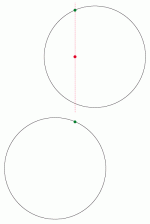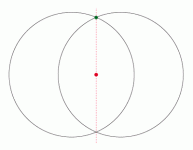I saw the 14.1 tape from John Schmidt where he ran 245 balls. I saw him using the pivot aiming system. But he's not lining up on the inside of the cue ball and then pivot to the cue ball center. He lines on the outside of the cue ball. So it looks like when cutting a ball to the left he lines up somewhere right on the cue ball then when he strokes the ball he hits it somewhere in the center. And he is not the only one who does this.
How does this work with aiming somewhere outside and then pivot?
How does this work with aiming somewhere outside and then pivot?






